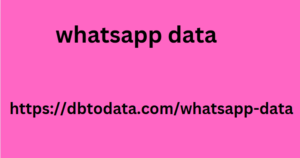If you want to keep up with your competitors, you need to optimize your use of artificial intelligence (AI) for project management as soon as possible. A new Capterra study of project managers worldwide* found that nearly half (46%) are using AI-based project management tools and expect to increase those AI investments by an average of 36% by the end of the year.
Audit your technology stack to see if you are underutilizing
If you’re on board with the idea of increasing the use of AI in your company’s project management (PM) processes, but are concerned about the execution of that plan, start by taking the following steps, as proposed by thought leader Peter Taylor [1]. Taylor has over 30 years of experience leading project management offices (PMOs taiwan whatsapp number data ). He regularly consults with organizations on how to improve their processes, and has written several books on project management techniques and emerging technologies.
“AI has the potential to become a true digital partner for project managers. Freeing up their schedules so they can spend more time managing the project te lor’s view. Rom how we are going to increase customer lifetime value through synergy panies should prepare themselves and their project managers to take full advantage of the possibilities of. AI-based technology and software. They will need to take inventory of their current project management. Tsoftware and find out how their project managers are powder data currently using those tools. With these simple steps. Tompanies can assess their software stack:
Create a complete inventory of all project management tools and their AI capabilities. It is necessary to evaluate the purpose of each tool, the frequency of use, and user satisfaction.
Gather feedback from project managers. This helps companies understand which features and tools are essential and which may be underutilized or redundant.
Review all tools for safety and compliance.
Evaluate the level of training and support for each tool. This will help companies identify training gaps and organize training sessions or offer additional resources.

